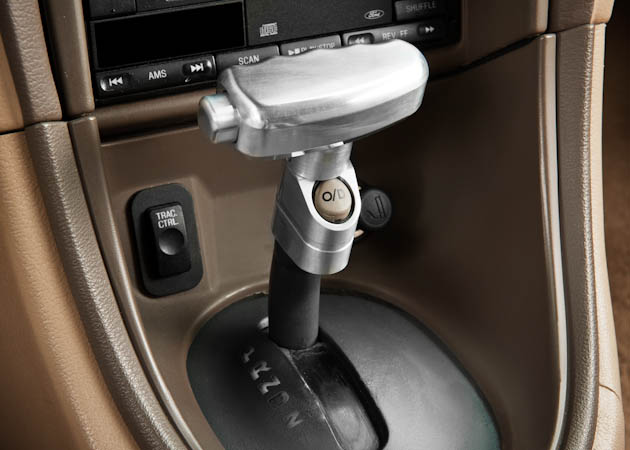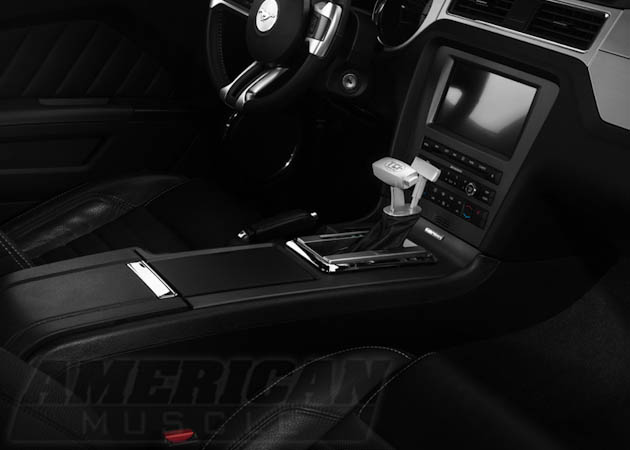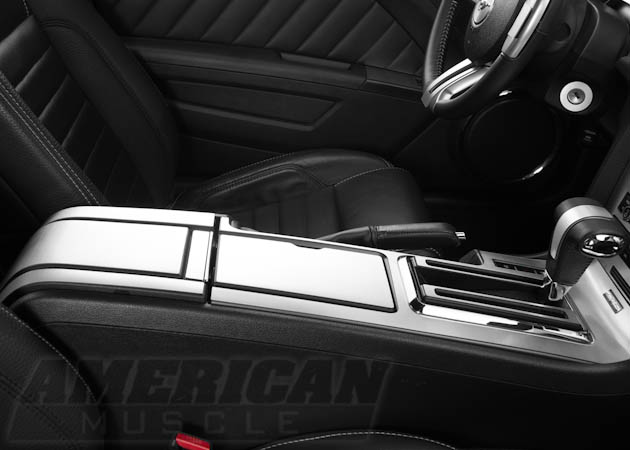An overview and explanation of the Ford Mustang's valve body. The valve body is a key to understanding your Mustang's transmission and upgrading to an aftermarket valve body starts with an understanding of the stock unit.
Contents
- What Does The Valve Body Do?
- Valve Body Circuit Breakdown (Simplified)
- Can I Upgrade my Valve Body?
- Stock Automatic Mustang Transmissions
- Understanding Mustang Shift Kits
- How Does A Mustang Shift Kit Work?
- The Benefits Of A Mustang Shift Kit
- What's the Difference Between a Tuner and a Shift Kit?
- Conclusion
Shop Transmission Parts
Bulking up your transmission is a huge part with engine upgrades especially for the track oriented Mustangs out there. Everything you need is available, from shifters to carbon fiber and aluminum driveshafts.






